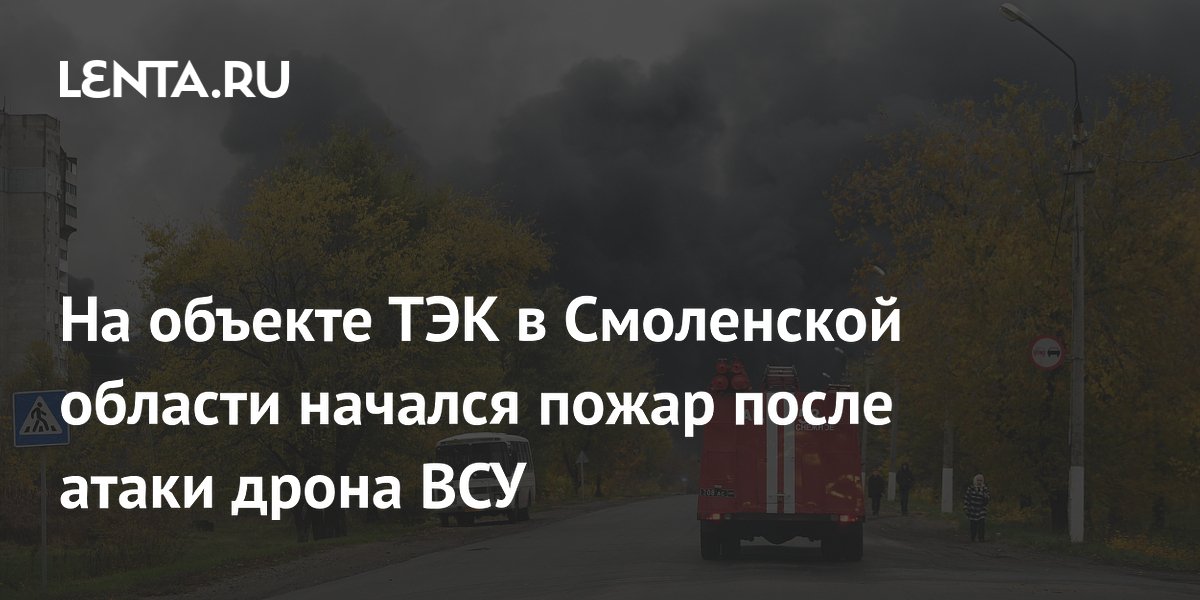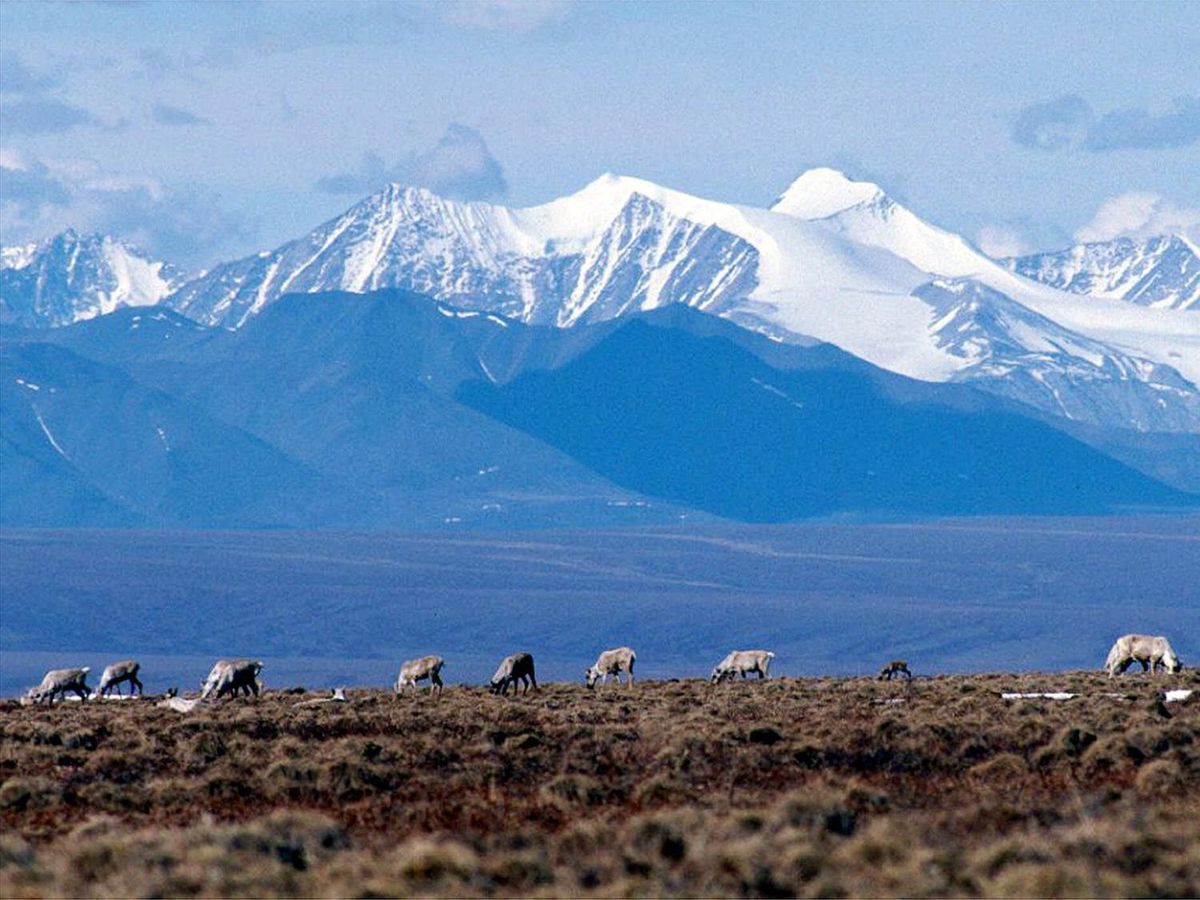Karjalainen, who previously suffered from winter trips, found comfort and freedom in the winter – now it is his new favorite season for filming trips.
In November 2019 Riku Karjalainen listened to the American Tony Anderson pieces Nocturne in Paris, and realized it was perfect for his purposes. Now Karjalainen would do it: a movie about winter.
The song contained everything – from the uncertainty of the beginning of the entire winter cycle through pomp and beauty to the end of some sort of depression.
Karjalainen was a 22-year-old filmmaker at the time and lived in Kuopio. He was an experienced hiker, but more in a melted earth.
How would you be able to shoot in cold and snowy conditions without a sufficient winter hiking background? Especially after the slight winter hikes had been a nasty experience. Karjalainen feared that filming would also become a mere frostbite and a struggle for survival.
He decided to gain knowledge and experience.
Riku Karjalainen recording the melting of snow in the spring. He has taken a picture from a video he has filmed himself.
In Sarek National Park in Sweden, Riku Karjalainen trained himself to set up a tent in windy conditions.
Drying clothes inside the tent on a shooting trip.
Three a month later he was in the middle of the great fells, mountains and glaciers in Sarek National Park in northern Sweden.
The Karelian trained himself with his own money to cope in the frost, to erect a tent, to set up a tent in a strong wind, to spend the night in a severe frost, to use a gas cooker, to make the right decisions in difficult conditions.
During the week’s course, winter expedition skills were learned. The Karelian had no intention of embarking on any expedition. Instead, he wanted to portray winter at its most spectacular.
That meant he wanted to shoot in as desert places as possible. Then you can’t rely on a desert shed, but have to spend the night alone in a tent.
“There is no room for such mistakes in the fell that the tent escapes according to the wind. Of course, I took these skills from the course as well, but perhaps the most important thing was to gain self-confidence. I wanted to be able to focus on filming, ”says Karjalainen.
Karjalainen from Kainuu has photographed a lot in the vicinity of the project’s hometown of Rovaniemi and in Eastern Lapland, such as the municipality of Salla.
He published his video work The Winter I knew (Winter I Know) in November on Youtube. It took two years from the idea to the release.
The first winter was spent preparing and training. During the melted earth, he sought suitable filming locations. He spent the next fall, winter, and spring filming, and summer went on editing.
This is Karelia’s own passion project, for which she does not receive money. In his day job, the 24-year-old Karjalainen is a nature photographer specializing in timed photography.
The 7-minute video work can be viewed here:
Karelian wanted to make some kind of memorial to winter, because it is winter that is changing with climate change. Because of the changes, he not only wanted to present a beautiful picture of the season, but also brought darker shades to the film.
The shortness of the Finnish summer makes everything full and intense, after which a dark autumn can feel soothing at first. But as autumn progresses, it brings with it worry. How long will the darkness last? When does snow arrive and bring light?
The Karelian had thought of one of the important points in the film about hare. The hare has adapted to northern conditions. Its hair is hollow to accommodate a lot of heat-insulating air inside the coat. On the toes of the hind leg it can be spread into snowshoes to prevent the animal from sinking into the project. Turkey turns white in winter.
But when winter is late, the white coat turns from a hiding place into an exclamation point. The hare is in the middle of the black earth at the mercy of the beasts.
A Karelian was looking for white rabbits in a black landscape for two weeks. In vain. The snow was already coming and Karelia had to hand over. He set out to record the last snowless scenes.
And then it happened. The Karelian was walking in the middle of the drive when he saw a glimpse of white. The hare seemed as surprised as the Karelian. The Karelian changed his plans and stayed in the rabbit areas for three days. He had time to get the pictures he wanted just before the snow.
Metsäjänis is one of the main characters in Riku Karjalainen’s video work.
Finnish winter, especially north of the Arctic Circle, is often characterized as dark. The Karelian himself experiences winters as a period of light and brightness. He also wanted to convey this in the film.
“As the climate warms, winter is slowly losing its brightness. The work is starring in the most beautiful moments, and surrounded by the uncertainty of early winter and future winters, ”Karjalainen himself describes.
One of the most important scenes is the rising moon in the mountain landscape.
The Karelian had searched for himself the perfect mountain landscape that he wanted to cross at a certain point in his orbit. When shooting, there should be enough snow but the landscape should also be so dark that the moon would really illuminate it.
In practice, such conditions would be only three days during the winter.
New Year’s Eve the north was cold. The Karelian spent two full days to get to the scene with his 85-kilo kiln.
When he got there, the sky was in the cloud. And the clouds did not recede anywhere. The Karelian spent two nights in a tent. It was 25 degrees below zero. The third night came and Karelia’s last chance. The clouds receded.
The last seven-day filming tour and the appearance of the moon at the last attempt were the highlights of making the film for Karelia.
“In winter, when the sun doesn’t rise in the north, the moon and snow replace it. For me, the bright moonlit oceans are the most beautiful side of winter, ”says Karjalainen.
The desired scene would not have been possible without the previous winter’s preparation and training. In the 25-degree frost, shooting was handy.
The fact that what he learned at Sarek was that Karjalainen dared to use the kettle inside the tent, which brought a little warmth and relief. Using a gas stove in a tent poses a risk not only of fire but also of carbon monoxide death. Therefore, no one should try it without knowledge.
The heaviest were the rises. Ahkio weighed 85 pounds.
Riku Karjalainen does not experience winter in the dark, as there is enough brightness even at night.
The twinkling of the stars from the rest of the tree branches is a screenshot of Riku Karjalainen’s video work.
At its slowest, in the deepest snow the Karelian could only travel 500 meters per hour. Eight miles could go all day from dawn to dusk.
At the top, the skis had to be taken off. Sometimes he could no longer move forward. Ahkio simply did not move. Then I had to go back and change plans. At times, he pulled some of the stuffed goods up into the fell and then returned to pull the lightened furnace up. The risk of an avalanche also had to be considered.
Until exhausted, he still didn’t run. You can’t do it alone.
“You alone can’t take the risk of pulling yourself out. That’s when you just start making bad decisions, ”says Karjalainen.
It was 30 degrees below zero. Despite the cold and all the healing, Karjalainen was surprised by the advantages of the winter hike.
It was free. He could walk anywhere in the snow wherever he wanted. Frost and snow removed obstacles and restrictions, especially in wilderness areas.
The winter hike was light. The Karelian backpack always weighs a lot, because the shooting equipment weighs a lot. In the winter, this weight was off the shoulders, making hiking more relaxed.
Winter made hiking a feast, also in the sense that it was easy to carry your own delicacies in the kitchen without saving for every gram or risk of spoilage.
Now winter is Karelia’s favorite time of year for filming. Before, winter meant picking up and editing a summer photo shoot, but now he enjoys shooting in the winter.
Winter nights are sometimes also illuminated by northern lights.
Mere however, capturing the winter was not the only goal. The Karelian hopes that winter can still be saved. That instead of memories it would also be a reality. It would be a terrible idea to be thrown into the darkness for six months – in the northern winter without snow.
Perhaps the video work could be part of a revival to combat climate change. The big theme in the video is loss.
“I try to describe the change in brightness and the difference when there is no snow. As such, the loss of winter is still small, but it does not threaten anyone’s life. But there are no winners in this crisis, although some may end up with less. Maybe things can be understood through its own loss. Without that experience, it may be harder to identify with the losses of others further away, ”Karjalainen reflects.
Karjalainen emphasizes that he did not document Finnish nature as it is. He carefully picked up the most beautiful pieces and untouched items. Therefore, the perspective is more artistic.
“This is the winter I know. The winter of my choice. ”
The sun rises over the mountain landscape.
.
#Environment #Riku #Karjalainen #dyed #nights #mountain #30degree #frost #capture #extremely #rare #phenomenon #result #breathtaking #memoir #winter






